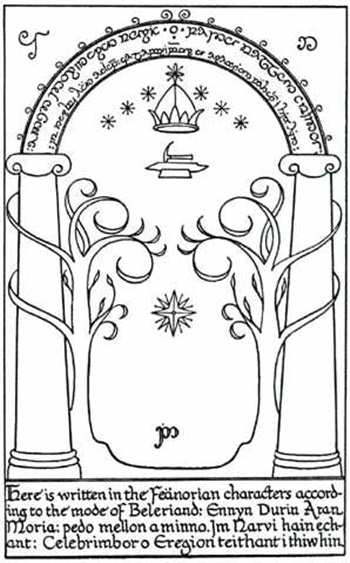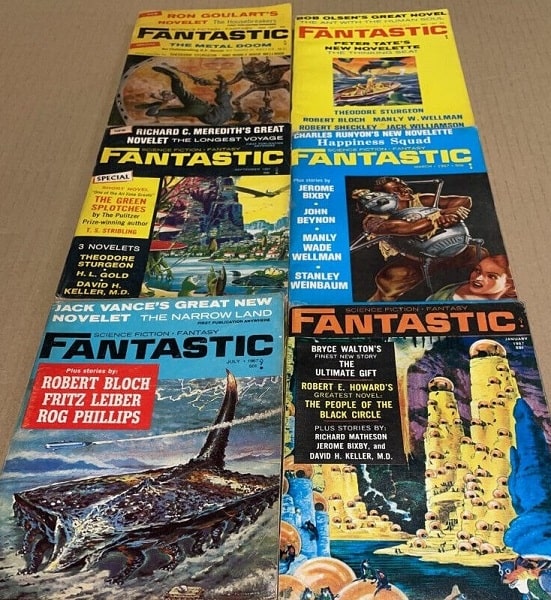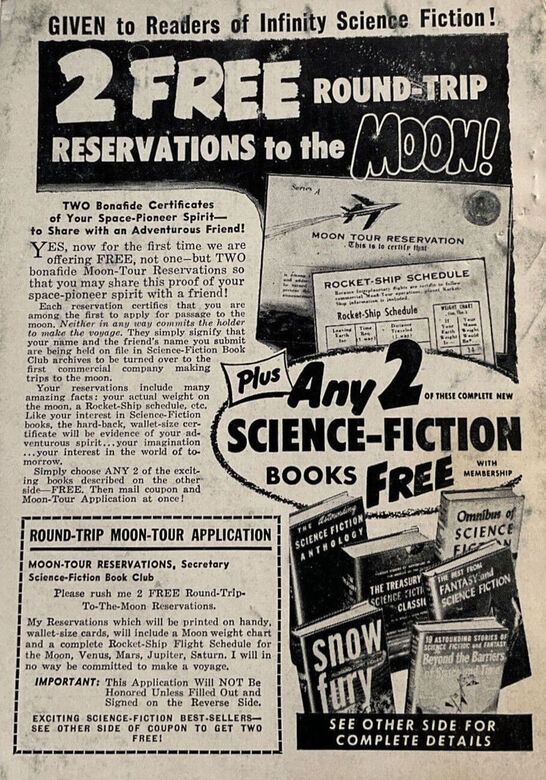Talking Tolkien: On The Tolkien Reader – by Rich Horton
 It’s another of my Black Gate cohorts this week for Talking Tolkien. Rich is one of the science fiction cornerstones at the Black Gate World Headquarters, but he’s been a Tolkien fan since the seventies. He’s gonna talk about a book I never added to my shelves. Before the explosion of books like The History of Middle Earth Series, and Children of Hurin, and his Beowulf, there weren’t a lot of ‘other’ Tolkien books out there besides the main five.
It’s another of my Black Gate cohorts this week for Talking Tolkien. Rich is one of the science fiction cornerstones at the Black Gate World Headquarters, but he’s been a Tolkien fan since the seventies. He’s gonna talk about a book I never added to my shelves. Before the explosion of books like The History of Middle Earth Series, and Children of Hurin, and his Beowulf, there weren’t a lot of ‘other’ Tolkien books out there besides the main five.
But even before The Silmarillion finally saw print, there was The Tolkien Reader.
______________________
The Tolkien Reader was first published in 1966 by Ballantine Books in the US; in response to the greatly expanding popularity of The Lord of the Rings, driven by the paperback editions from Ballantine (and the pirated edition from Ace.) This was an attempt to bring a varied sampling of his work to readers hungry for more. I read it myself in the early ’70s, after I read The Hobbit and The Lord of the Rings. As an introduction it reprints a piece Peter Beagle did for Holiday (perhaps at the instigation of Alfred Bester?) called “Tolkien’s Magic Ring”, which primarily discusses the Middle-Earth books.
It’s a good and varied collection throughout, and really does the job of showing a different side to Tolkien (though not THAT different!) from that seen in The Lord of the Rings. I’ll be looking at each of the sections separately, and slightly out of order, in that I think the best part by far is Tree and Leaf, which comes second in the book.
















